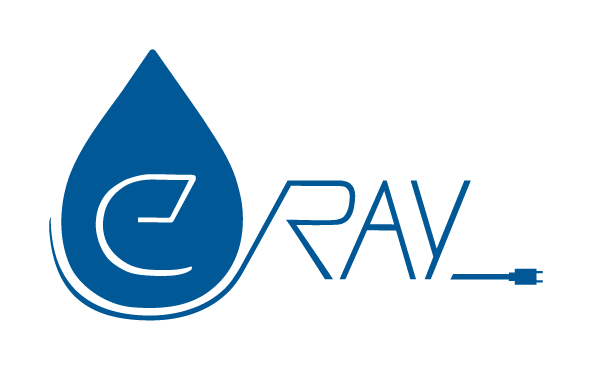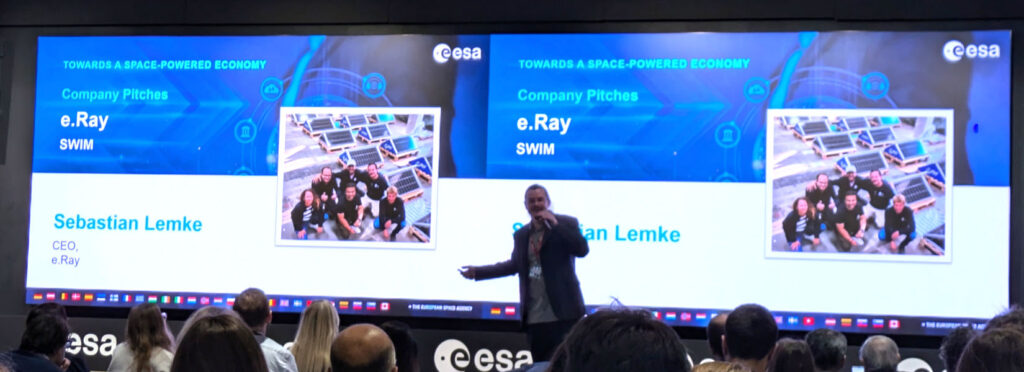Europe is facing a growing water crisis. Water stress and flooding are increasing, water quality remains critical in many areas, and climate change is exacerbating existing challenges. But there are solutions. New technologies, more efficient water management, and targeted protection measures can significantly enhance Europe’s water resilience.
The report published by the European Environment Agency (EEA), Europe’s State of Water 2024, makes it clear: We must act – and we can act. This is where the SWIM Project comes in, aiming to revolutionize water management with cutting-edge technology.
Europe’s Water Resources Under Pressure
The EEA report highlights alarming trends:
- 20% of Europe’s land area and 30% of its population face water stress annually. Growing water scarcity is being further intensified by climate change.
- Flooding is becoming more frequent and severe. Extreme weather events are increasing, causing not only economic damage but also threatening ecosystems and drinking water supplies.
- Only 37% of surface waters have a good ecological status, and just 29% meet chemical standards.
Standing waters – lakes, wetlands, and reservoirs – are particularly vulnerable to these developments. However, they play a crucial role in water balance and climate protection, as they store CO₂, act as water reservoirs, and provide habitats for numerous species.
SWIM: A Technological Breakthrough for Sustainable Water Management
The SWIM Project, funded under the Horizon Europe Space Programme, is a response to these challenges. By leveraging artificial intelligence (AI) and state-of-the-art monitoring systems, water quality, availability, and usage can be managed more efficiently and sustainably.
Objectives of the SWIM Project:
- Real-time monitoring of water quality and levels to improve forecasting and responses to risks such as algal blooms, pollution, or critical water level changes.
- AI-driven analysis of water resources to develop sustainable management strategies.
- International collaboration to develop solutions for water-scarce regions in Europe and worldwide.
- Support for vulnerable communities in addressing water scarcity and environmental pressures.
The project brings together strong partners. O.M. Offshore Monitoring Limited (OSM) serves as the administrative coordinator, alongside Rayner Software (USA), IHCantabria (Spain), and Fundación Con Vida (Colombia). We take on the role of technical coordination. Together, we develop technologies that enable a sustainable transformation in water management.
How Europe Can Strengthen Its Water Resilience
The EEA report calls for concrete actions to secure Europe’s water future. These include:
- Reducing water consumption and increasing efficiency through water-saving technologies, improved management, and minimizing water losses.
- Implementing nature-based solutions such as wetland restoration to store water and mitigate flooding.
- Enhancing data and monitoring to manage water resources more effectively and detect pollution early.
An Optimistic Look Ahead
The challenges are significant – but we have the tools to address them. Protecting water resources is not just a necessity, it is also an opportunity. By strategically applying innovative technologies and sustainable strategies, Europe can strengthen its water resilience and take a leading role in global water management.
The SWIM Project demonstrates that with the right combination of technology, collaboration, and determination, a sustainable water future is possible.

